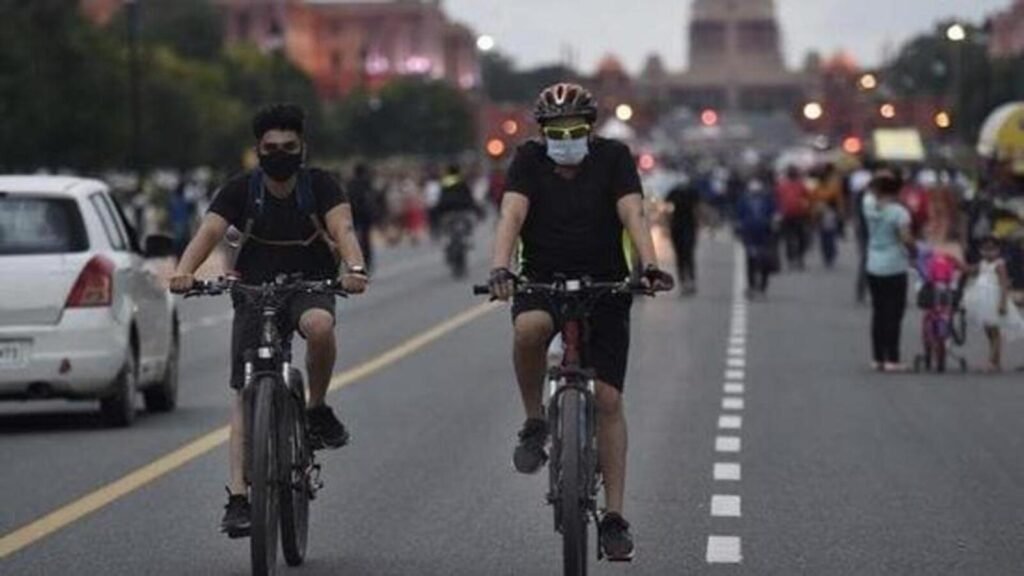
Last Week, The 8th Un Global Road Safety Week Kicked Off Around the World under the Theme “Make Walking and Cycling Safe”.

For governments to observe a week dedicated to safe walking and cycling is of immense need.
According to data shared by the World Health Organization (WHO), Each Year, Nearly 1.2 Million People Lose their lives on the roads, more than a Quarter of them Whail Walking or Cycling.
In the who south-east asia region, pedestrian deaths by 42%; in the European Region, Cyclist Deaths Sruised by 50%; And in the Western Pacific Region, Cyclist Deaths Sored by 88%.
YET, The Un Health Body Said, only 0.2% of the roads world are equipped with cyst lanes, and far too many communications lacke basics like sidewalks or safe pedestrian crasings – a project Acute for a Country Like India That Has Almost Zero Sidewalks or Cycling Tracks.
And enough stress can’t be put on the positive impact of simple activities
“Walking and Cycling Improve Health and Make Cities More Sustainable. Every step and every ride help to cut congestion, air pollution, and disease, disease,” said tedros adhaanom ghebreyesus, who DiRector, in A Statement. “But we must make walking and cycling safe, so more people choose these healthier, greener options.”
In A 2024 Study – Health Benefits of Pedestrian and Cyclist Commuting: Evidence from the Scottish Longitudinal Study – Published in BMJ, Authors Infer Commuters WRE LESS LICS LICS LICS Range of Negative Physical and Mental Health Outomes Than Non-Aacive Commuters.
In Fact, Data Showed, Compared with Non-Active Commuting, Cyclist Commuting WAS Associated with Lower All-Cause Mortality Risk, of Any Hospitalization, of Cardiovascular Disease (CVDVAVD) of Cancer Mortality and Cancer Hospitalization, and Lower Risk of Having a prescription for mental health problems. In addition, Pedestrian Commuting was Associated with Lower Risk of Any Hospitalization, of CVD Hospitalization, and of a Mental Health Prescription.
As a solution, the who has launched a new toolkit to help governments promote active mobileity – by making it safer. It can work as a guidance document for policymakers, urban planners, health advocates, and civil society in general.
Among the actions recommended in the tool-kit incarnation walking and cycling into transport, health, environmental and education policies; Building safe infrastructure like sidewalks, crossings and protected cycle lanes; Setting and enforcing safer speed limits aligned with global best practices; Promoting safe road use through public awareness and behavior change campaigns; And using financial innocents to encourage active mobileity.
“It is urgent to make, what should be our most natural means of transport, safer. Department for the social determinants of health, in a statement. “We’re calling on all sectors – transport, health, education and beyond – to make walking and cycling safe and accessible for everyone.”






